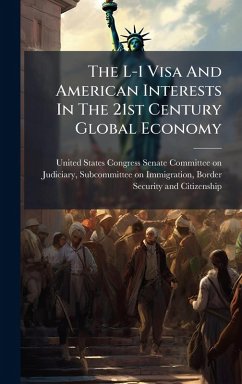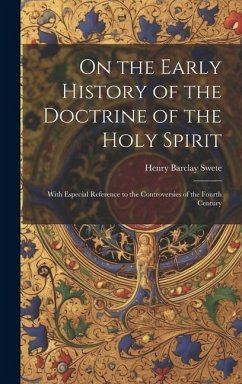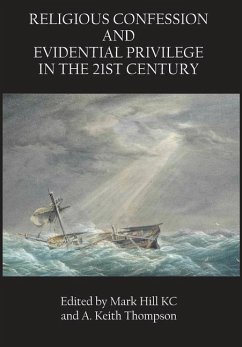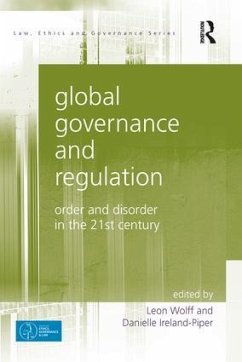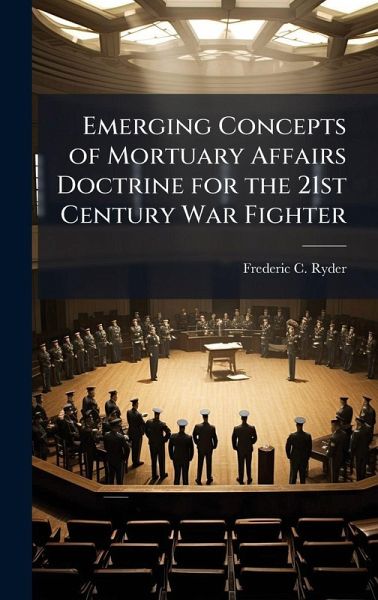
Emerging Concepts of Mortuary Affairs Doctrine for the 21st Century War Fighter
Versandkostenfrei!
Versandfertig in über 4 Wochen
26,99 €
inkl. MwSt.
Weitere Ausgaben:

PAYBACK Punkte
13 °P sammeln!
This is a review of the Department of Defense's (DoD) Mortuary Affairs program. In the following pages it is my intent to determine if existing doctrine and planning is sufficient in the event the United States (US) is required to execute a wartime mortuary operation. I have spent the last two decades as an Air Force Services officer. Within that specialty falls the Air Force Mortuary Affairs program. For years Mortuary Affairs has corporately wrestled with the notion that friendly troops could be killed by, or contaminated by, weapons of mass effect (WME), presenting the logistical challenge ...
This is a review of the Department of Defense's (DoD) Mortuary Affairs program. In the following pages it is my intent to determine if existing doctrine and planning is sufficient in the event the United States (US) is required to execute a wartime mortuary operation. I have spent the last two decades as an Air Force Services officer. Within that specialty falls the Air Force Mortuary Affairs program. For years Mortuary Affairs has corporately wrestled with the notion that friendly troops could be killed by, or contaminated by, weapons of mass effect (WME), presenting the logistical challenge of "what to do next" with human remains. Military doctrine is written and Service specific instructions and policy letters are in the field, but they have not kept pace with the times. Hopefully this study will highlight the inconsistencies and dangerously outdated guidance that field mortuary affairs personnel are charged to follow. This work has been selected by scholars as being culturally important, and is part of the knowledge base of civilization as we know it. This work was reproduced from the original artifact, and remains as true to the original work as possible. Therefore, you will see the original copyright references, library stamps (as most of these works have been housed in our most important libraries around the world), and other notations in the work. This work is in the public domain in the United States of America, and possibly other nations. Within the United States, you may freely copy and distribute this work, as no entity (individual or corporate) has a copyright on the body of the work. As a reproduction of a historical artifact, this work may contain missing or blurred pages, poor pictures, errant marks, etc. Scholars believe, and we concur, that this work is important enough to be preserved, reproduced, and made generally available to the public. We appreciate your support of the preservation process, and thank you for being an important part of keeping this knowledge alive and relevant.





